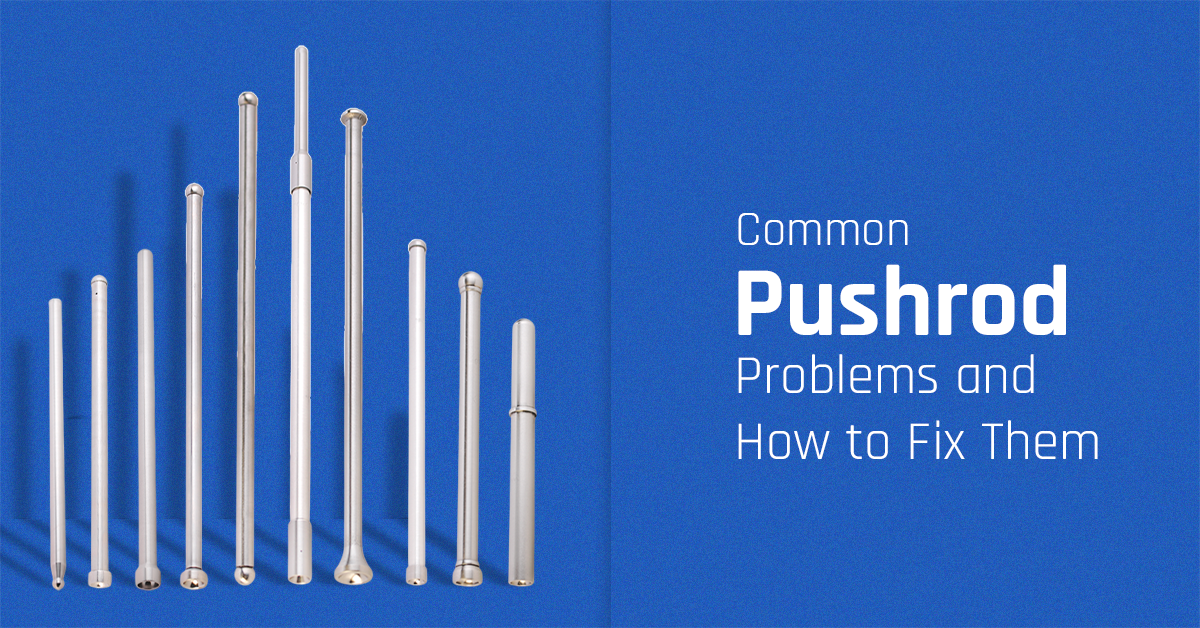
Common Pushrod Problems and How to Fix Them
05 May, 2025
Common pushrod problems include bending due to over-revving, valve contact, or misfires, and can occur because of improper installation or manufacturing defects.
To fix bent or damaged pushrods, we should replace them and ensure proper valve train function, including checking for bent valves or lifter issues.
Types of Pushrod Problems
- (a) Bent Pushrods
- (b) Broken Pushrods
Causes of Bent Pushrod
- Over-revving: When an engine is revved too high, the valves may not close quickly enough, leading to valve contact with the piston and potentially bending the pushrod.
- Valve Float: At high RPMs, valve springs might not keep up, causing the valves to "float" and potentially collide with the piston.
- Engine Misfires: Misfires can create abnormal pressures inside the cylinder, putting excessive stress on the pushrods.
- Pushrod Length: A pushrod that is too long can cause the valves to contact the top of the piston, leading to bending.
- Improper Installation: Incorrect installation or manufacturing defects can prevent pushrods from withstanding regular engine operation.
- High Valve Spring Pressure: Pushrods not designed for high spring pressures can bend under those conditions.
- Lack of Lubrication: Insufficient lubrication can cause the pushrod ends to overheat and fail.
Causes of Broken Pushrod
- Lifter Failure: A failed lifter can cause the pushrod to break or bend.
- Overheating: Excessive heat can cause the pushrod to expand and potentially fail.
Troubleshooting and Repair
- Inspect for Bent Pushrods: Remove the rocker arm and pull out the pushrod. Check for bends or worn ends.
- Inspect for Bent Valves: If suspected, remove the cylinder head and inspect the valves.
- Check Lifters: Ensure lifters are functioning correctly and are not worn out.
- Check Valve Train Components: Inspect rocker arms, pushrods, and other valve train components for damage or wear.
- Replace Damaged Components: Replace any bent or damaged pushrods, lifters, valves, or other components as needed.
- Ensure Proper Pushrod Length: Use the correct pushrod length for your engine.
- Check Oil Pressure: Ensure adequate oil pressure to the lifters and rocker arms.
- Address Underlying Issues: Identify and fix underlying problems like over-revving, misfires, or poor maintenance.

